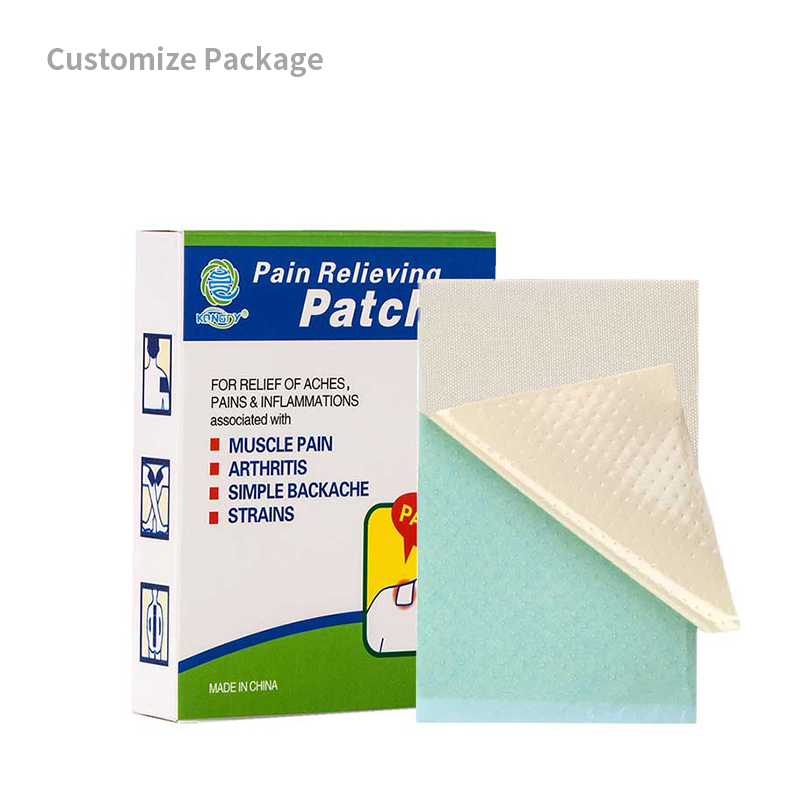Latest Advancements in Transdermal Gel Patch Technology and Their Impact on Existing Challenges
Latest Advancements in Transdermal Gel Patch Technology and Their Impact on Existing Challenges
In the realm of drug delivery systems, transdermal gel patches have emerged as a revolutionary method for administering medications. As the transdermal gel patch manufacturer continues to innovate, new advancements are addressing the existing challenges faced by this technology, leading to safer, more effective, and convenient methods of drug administration.
One of the significant advancements in transdermal gel patch technology is the enhancement of drug permeability through the skin. The skin's outer layer, the stratum corneum, poses a significant barrier to drug absorption. However, recent advancements in patch design and material science have allowed for the development of patches that can effectively penetrate this barrier, improving drug bioavailability. This is achieved through the use of novel permeation enhancers and microneedle technologies that create temporary channels in the stratum corneum, allowing for increased drug penetration.
Another advancement is the customization of transdermal patches. Custom Transdermal Patch manufacturers are now able to tailor patches to meet the specific needs of individual patients. This includes varying the drug dosage, adjusting the release rate, and even incorporating sensors that can monitor the patient's response to the medication. Such customization not only improves patient compliance but also ensures more precise and effective drug delivery.
Furthermore, the development of intelligent transdermal patches is another exciting advancement. These patches are equipped with sensors and microelectronics that can monitor physiological parameters such as skin temperature, pH, and moisture content. This information can be used to adjust the drug release rate in real-time, ensuring optimal drug delivery based on the patient's physiological state.
The latest advancements in transdermal gel patch technology are also addressing the challenges associated with patient comfort and compliance. Traditional transdermal patches can often cause skin irritation or discomfort, leading to patient reluctance in using them. However, with the development of hypoallergenic adhesives and more flexible patch materials, manufacturers are now able to produce patches that are more comfortable to wear and less likely to cause skin reactions.
Moreover, the advancements in patch design are also making them more discreet and convenient to use. Smaller patch sizes and improved adhesive properties allow for easier application and removal, making them more appealing to patients. Additionally, the incorporation of user-friendly features such as indicators for patch expiration or proper application techniques further enhances patient compliance.
In conclusion, the latest advancements in transdermal gel patch technology are addressing the existing challenges faced by this drug delivery system. From enhancing drug permeability, customizing patches to individual patient needs, developing intelligent patches, to improving patient comfort and compliance, these advancements are paving the way for safer, more effective, and convenient methods of drug administration. As the field continues to evolve, it is expected that further advancements will emerge, further revolutionizing the way we deliver medications through transdermal gel patches.






